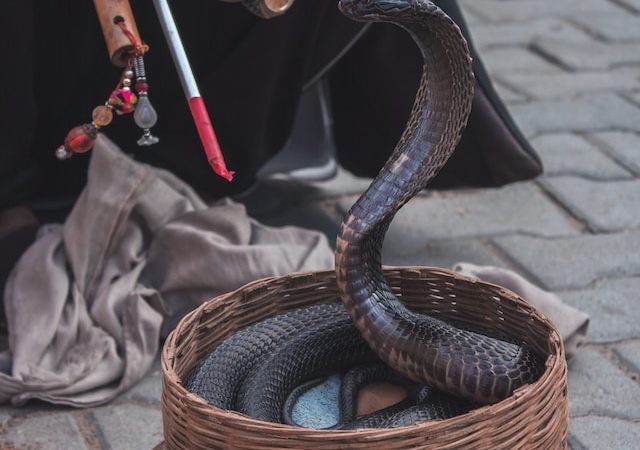Introduction: Cobras, with their venomous bite and iconic hoods, have long held a place of fascination in our collective imagination. However, their striking appearance is matched by their unique dietary habits and hunting techniques. In this article, we delve into the intriguing world of cobra diets, exploring the variety of prey they consume and the
Introduction: Cobras, with their venomous bite and iconic hoods, have long held a place of fascination in our collective imagination. However, their striking appearance is matched by their unique dietary habits and hunting techniques. In this article, we delve into the intriguing world of cobra diets, exploring the variety of prey they consume and the remarkable strategies they employ to secure a meal.
- Carnivorous Predators: Cobras are carnivorous reptiles, meaning their diet consists exclusively of other animals. Their preferred prey varies depending on their species and habitat. From small mammals to birds and reptiles, cobras are opportunistic hunters, adapting their feeding habits to the available food sources in their environments.
- Small Vertebrates: Juvenile cobras typically feed on small vertebrates such as rodents, lizards, and amphibians. Their agile movements and lightning-fast strikes allow them to subdue their prey quickly and efficiently. The venom injected through their fangs immobilizes their victims, enabling the cobras to consume them without resistance.
- Birds and Eggs: Certain cobra species, like the Egyptian Cobra (Naja haje), possess the ability to climb trees. This adaptation grants them access to a unique food source—birds and their eggs. Cobras will stealthily approach nests or perch on tree branches, waiting patiently for an opportunity to strike. Their venom ensures a swift demise for the unsuspecting avian prey.
- Venomous Strike and Constriction: When hunting larger prey, cobras rely on their venomous bite in combination with constriction techniques to overpower and immobilize their victims. The venom injected during the strike acts as a potent neurotoxin, causing paralysis and facilitating the subsequent consumption of the prey. Once the prey is subdued, the cobra will coil its body around the victim, exerting pressure to prevent escape and restrict breathing.
- Feeding Adaptations: Cobras possess unique adaptations that aid in their feeding. Their elongated bodies and flexible jaws allow them to consume prey much larger than their own head size. By unhinging their jaws, cobras can stretch their mouths to accommodate large meals. After swallowing their prey, cobras may take extended periods to digest the food fully, allowing for efficient utilization of the nutrients extracted.
Conclusion: The dietary habits and hunting techniques of cobras showcase their remarkable adaptations as efficient predators. From small vertebrates to birds and larger prey, these serpents display a diverse diet that corresponds to their natural habitats. Through their venomous bites, agile strikes, and constriction abilities, cobras exemplify the extraordinary strategies employed to secure a meal in the animal kingdom.

















Leave a Comment
Your email address will not be published. Required fields are marked with *